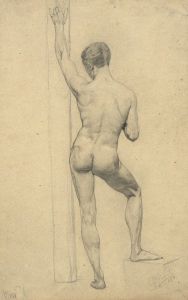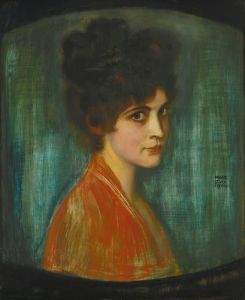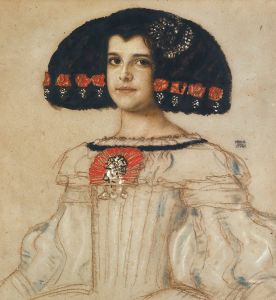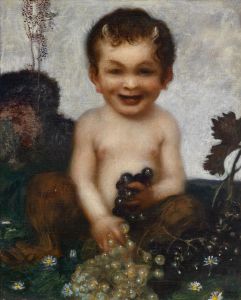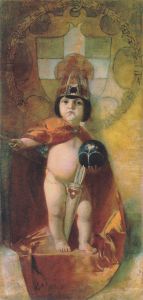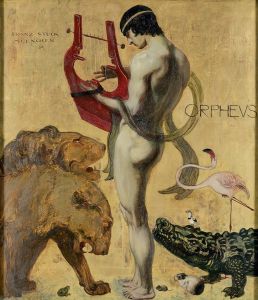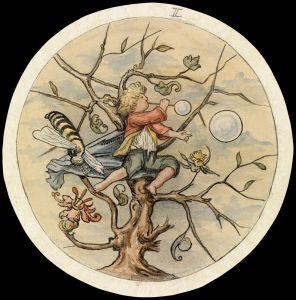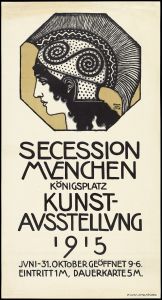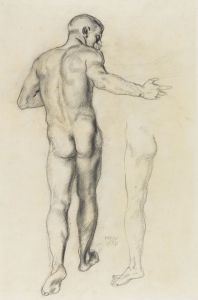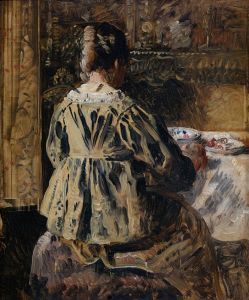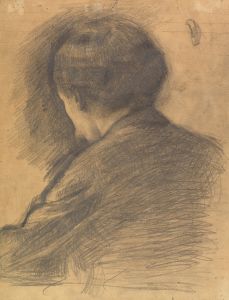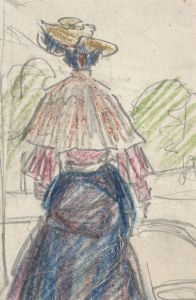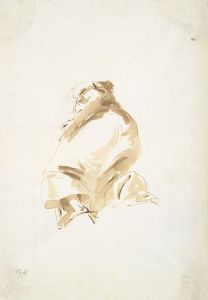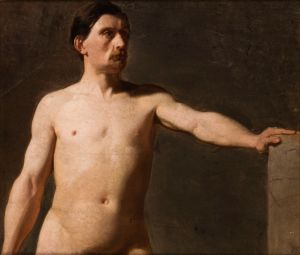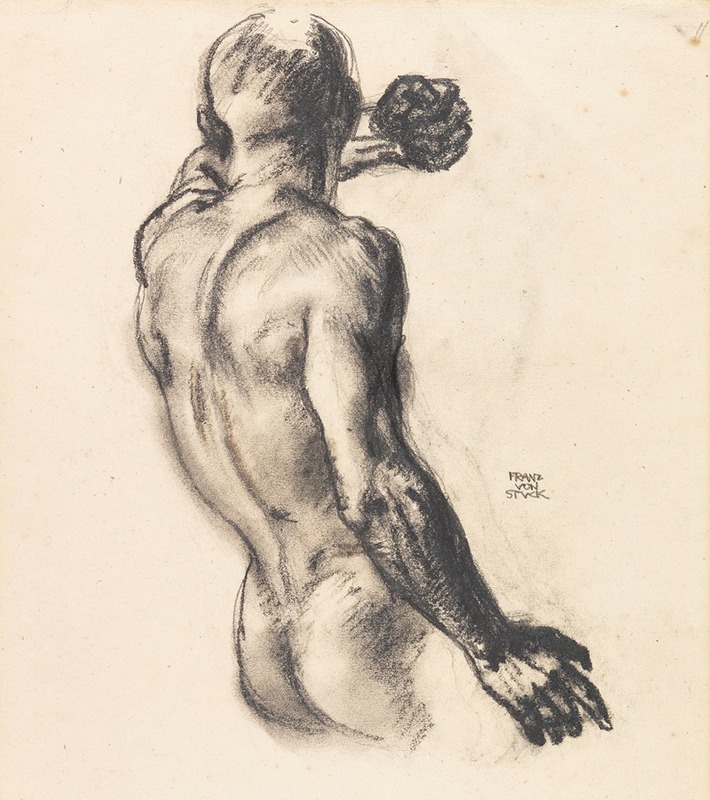
Männlicher Rückenakt
A hand-painted replica of Franz von Stuck’s masterpiece Männlicher Rückenakt, meticulously crafted by professional artists to capture the true essence of the original. Each piece is created with museum-quality canvas and rare mineral pigments, carefully painted by experienced artists with delicate brushstrokes and rich, layered colors to perfectly recreate the texture of the original artwork. Unlike machine-printed reproductions, this hand-painted version brings the painting to life, infused with the artist’s emotions and skill in every stroke. Whether for personal collection or home decoration, it instantly elevates the artistic atmosphere of any space.
Franz von Stuck was a prominent German painter, sculptor, and printmaker associated with the Symbolist movement. Born in 1863 in Tettenweis, Bavaria, Stuck became one of the founding members of the Munich Secession, an art movement that sought to break away from the traditional academic art styles of the time. His work often explored themes of mythology, allegory, and the human form, characterized by a distinctive use of light and shadow.
"Männlicher Rückenakt" is one of Stuck's notable works, showcasing his mastery in depicting the human form. The title translates to "Male Nude from the Back," and the painting exemplifies Stuck's interest in the classical representation of the human body. This piece is a study of the male form, focusing on the musculature and anatomy, rendered with a keen attention to detail and a dramatic use of chiaroscuro, a technique that employs stark contrasts between light and dark to give the illusion of volume in modeling three-dimensional objects and figures.
Stuck's approach to the human figure was heavily influenced by his academic training and his fascination with classical antiquity. His works often reflect a blend of naturalism and idealism, capturing the physical beauty and strength of the human body while imbuing it with a sense of timelessness and universality. "Männlicher Rückenakt" is no exception, as it highlights the artist's ability to convey both the physicality and the aesthetic appeal of the human form.
The painting is executed with a limited color palette, which is typical of Stuck's style, allowing the viewer to focus on the form and structure of the figure without the distraction of vibrant colors. This restrained use of color also enhances the dramatic effect of the chiaroscuro, emphasizing the contours and musculature of the back, and creating a sense of depth and dimensionality.
Franz von Stuck's work, including "Männlicher Rückenakt," played a significant role in the development of modern art in Germany. His exploration of mythological and allegorical themes, combined with his technical skill and innovative use of light and shadow, influenced a generation of artists and contributed to the broader Symbolist movement across Europe. Stuck's legacy is evident in the way he bridged the gap between traditional academic art and the emerging modernist trends of the late 19th and early 20th centuries.
Today, Stuck's works are held in high regard and can be found in major art collections and museums around the world. "Männlicher Rückenakt," like many of his other pieces, continues to be studied and appreciated for its artistic merit and its contribution to the understanding of the human form in art. Stuck's ability to capture the essence of his subjects with both technical precision and emotional depth ensures his place as a significant figure in the history of art.





